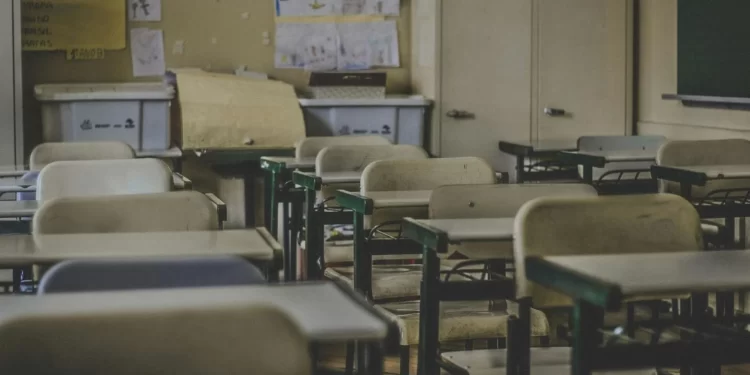By Christina Lengyel | The Center Square
(The Center Square) – Students, parents, and teachers are anxiously watching and waiting to see how the state’s billion-dollar education funding increase and new adequacy formula will impact struggling school districts, even as district property taxes continue to rise.
In the meantime, success measures reflect the depth of learning loss since the beginning of the pandemic, and administrators search for talent amidst a severe labor shortage.
Throughout these fundamental challenges, Pennsylvania schools, both K-12 and post-secondary, have repeatedly found themselves at the center of the political clashes pulling at the nation in 2024.
Politicized Pressure
The battle over transgender issues reached Pennsylvania with a federal court ruling that parents have the right to receive advanced notice and remove their children from lessons including gender ideology. The incident in the court case related to statements and reading outside the school’s curriculum.
Anti-war protests supporting the people of Palestine and demanding institutional divestments from Israel roiled college campuses and brought national attention to the state in the spring.
Encampments at Pitt and the University of Pennsylvania saw clashes with the police and involvement from the state’s highest office. The conflict shed light on concerns around antisemitism, which were also felt at the district level.
Conservative professors felt compelled to hide their views, while students reported intolerance toward disparate political views. Penn State was accused of free speech violations pertaining to the election.
Temple unveiled a new social justice minor and faced scrutiny for diversity programs.
In K-12 schools, issues of racial bias continued to show a demonstrable impact on student performance, while solutions remain elusive. Pittsburgh schools sought help from consultants with diversity and in addressing racism in math. The state updated its relevant framework for teacher competencies.
Higher Ed Incentives
One compelling option to address both performance gaps in testing and the teacher shortage is a ‘grow-your-own’ approach to new teachers, which encourages students from local communities to pursue teaching careers.
The state’s 2022 approval of a teaching track within its career and technical education programming has opened the door for students to begin coursework in high school.
Legislators floated plans to entice higher education students to set up long-term stakes in the state. Republicans promoted a plan that would offer aid to out-of-state students who agree to live and work in Pennsylvania after graduation. The governor proposed tuition caps at state-run schools, where tuition froze for another year.
The state introduced a million-dollar tuition reimbursement for people pursuing careers in emergency services, and the House considered tuition reimbursement for medical professionals willing to relocate to one of the state’s fraught rural healthcare institutions.
To get more students in the door, lawmakers looked at the FAFSA process and how to restore trust in higher education.
Health and Safety
The Senate considered a bill that would require silent panic alarms in schools to help law enforcement more quickly respond to school shootings.
The legislature weighed options for improving students’ mental health, including allowing for mental health days as excusable absences, displaying suicide prevention numbers, and clarifying the scope of school guidance counselors’ work.
In-school cell phone bans that have seen traction throughout the states and in other countries were weighed in the legislature, citing the devices’ impact on student performance, mental health, and social skills.
Big District Woes
The state’s major metropolitan school districts continued to struggle this year. The Pittsburgh Public School District is considering the closure of several of its facilities.
Philadelphia spent big on transit passes and parent transportation in light of driver shortages, as well as green buses and recruiting efforts.
School Choice
With so much going on weighing down the Pennsylvania school system, many maintain that school choice is still the best option available. Contention continues between those who believe public money shouldn’t end up in private hands and those who believe the alternative offers a necessary lifeline to students who deserve a good education.




